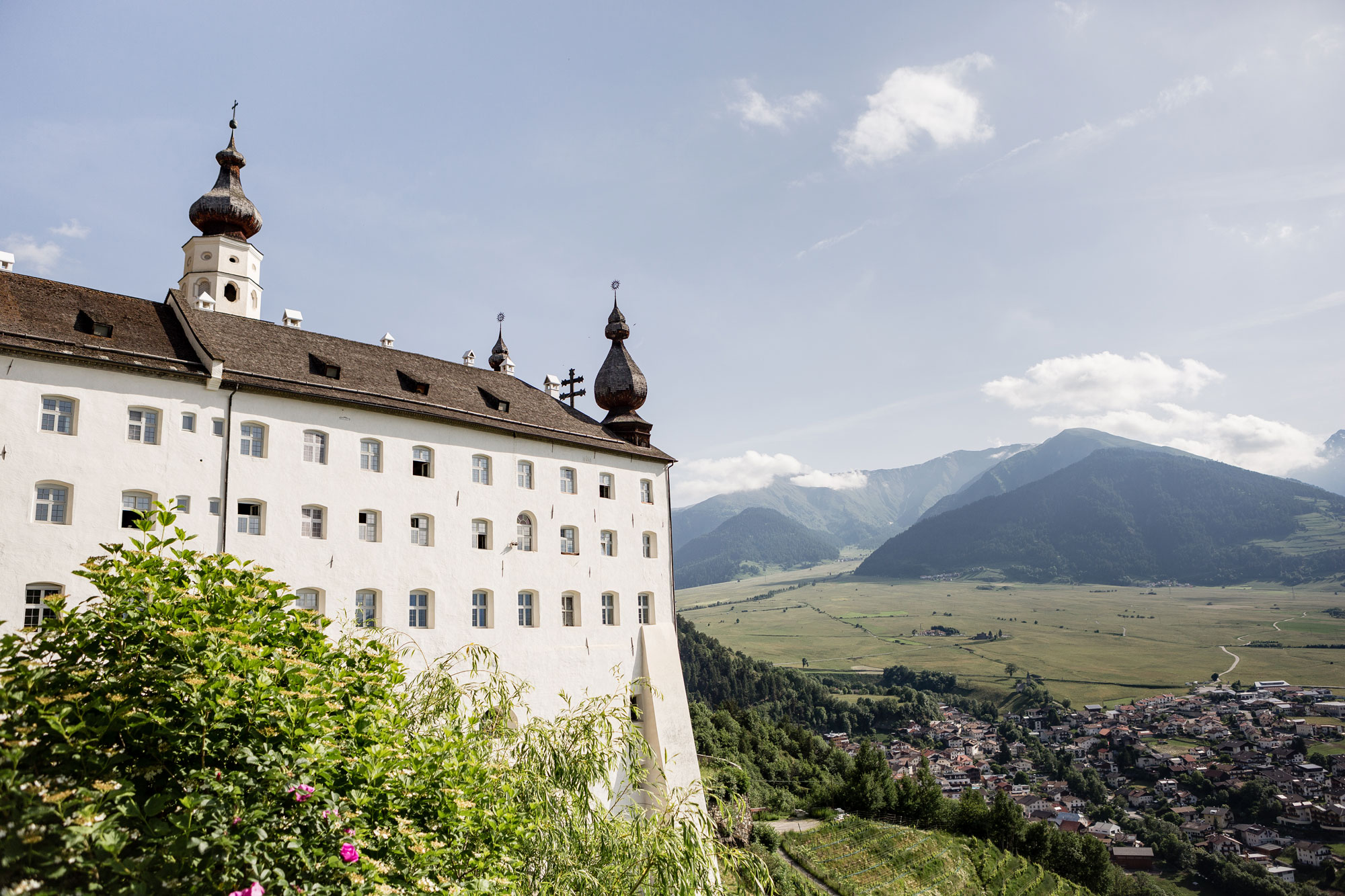The Krampus custom has a centuries-old tradition in some villages in the Upper Venosta Valley, including Mals, and has always been held every year on the eve of St. Nicholas Day, i.e. on 5 December. In addition to the Krampus, the procession also includes St. Nicholas with angels and Knecht Ruprecht.
The so-called “Nikolausaufwecken” takes place in the afternoon, where schoolchildren parade through the alleyways with bells, a trumpet and lots of noise. Afterwards, St. Nicholas presents them with small bags full of peanuts, mandarins and sweets on the main square.
In the evening, usually at 7:30 pm, the big parade begins with various groups from the surrounding area. Led by St. Nicholas and the angels, the Krampus parade through the village to the main square. After St. Nicholas’ speech, the Krampuses are allowed to mingle with the people and are also happy to make use of their rods.
The Krampus tradition in Mals includes stick larvae and sack larvae.

